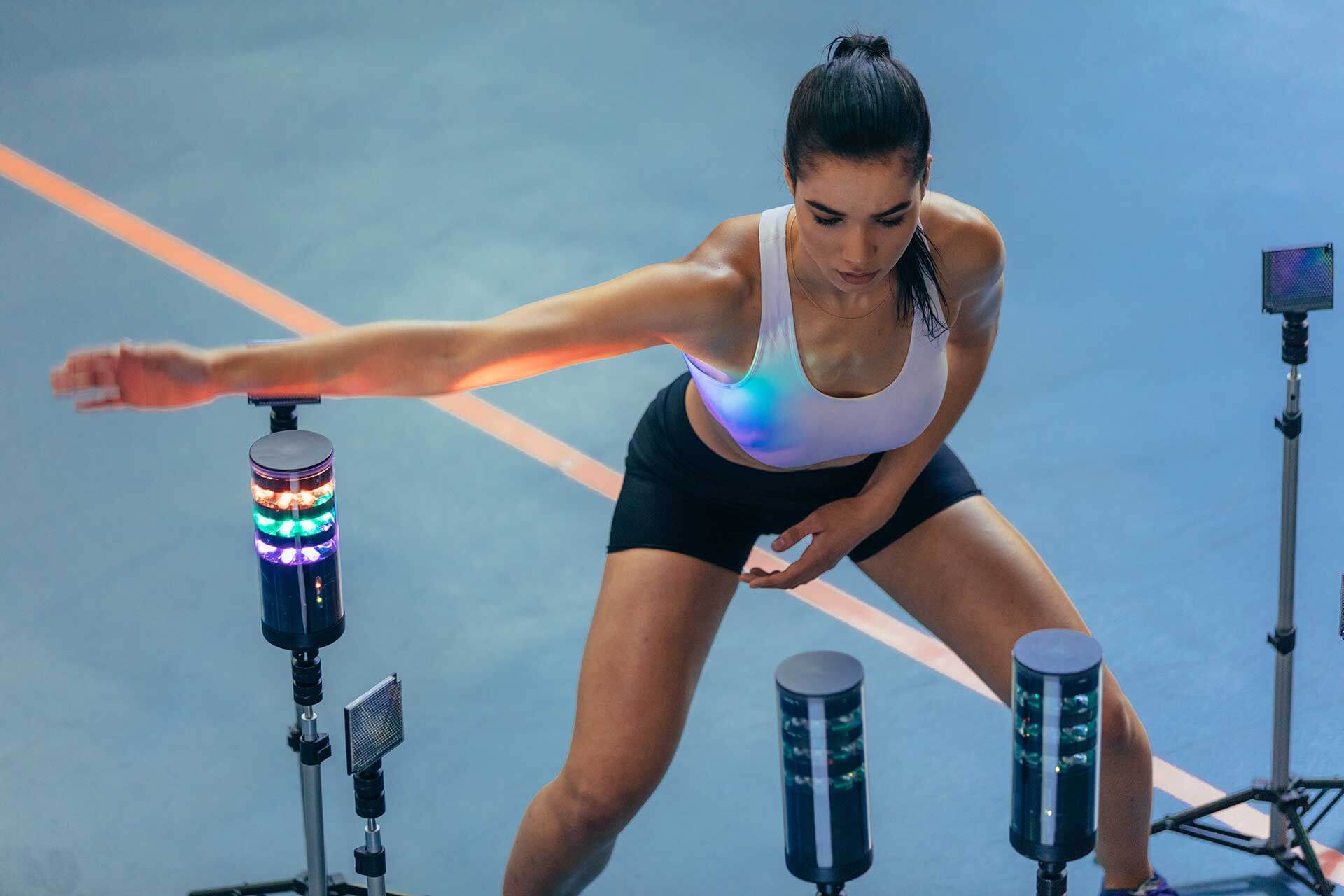
The connection between the structure and function of the human body is amazing. Every joint, muscle and tendon works in harmony to support our movements and wellbeing. However, all too often, the stresses and strains of life damage our internal harmony.
Osteopathy is a whole-body approach to health and healing, unravelling how our bodies move and function. At its core lies the study of biomechanics, which examines how each part of the musculoskeletal system interacts with and influences every other part. Imagine your body as a finely tuned machine, where any imbalance in one area can reverberate throughout the entire system.
Biomechanics forms the backbone of osteopathic practice. By analysing movement patterns, osteopaths can identify areas of dysfunction or imbalance, which may contribute to pain or injury.
Injury
Consider this: an ankle injury leads to a limp, causing strain on other joints and muscles as the body compensates for the imbalance. This cascade effect can result in additional injuries, such as back pain or soreness in other limbs. Osteopathy recognises the interconnectedness of the musculoskeletal system and addresses injuries by treating the body as a whole.
Alignment
Even when an injury is not involved, biomechanical principles guide an osteopathic assessment. They evaluate the alignment of bones, muscles, and joints to identify areas of tension, restriction, or misalignment that may affect biomechanical efficiency and contribute to musculoskeletal issues. By restoring proper alignment, reducing muscular imbalances, and improving joint mobility, osteopaths can help individuals move more effectively and with reduced risk of injury.
Treatment
Based on biomechanical assessments, osteopaths develop personalised treatment plans to address underlying dysfunctions. This may involve manual techniques such as joint mobilization, soft tissue manipulation, and stretching exercises aimed at restoring optimal biomechanical function and promoting healing.
Prevention
Biomechanical analysis helps osteopaths identify biomechanical risk factors that predispose individuals to injury. By addressing these factors through targeted interventions, osteopaths can help prevent injuries and enhance overall physical performance and resilience.
Living our best lives
By applying biomechanical principles in assessment and treatment, osteopaths can help to address biomechanical issues, optimise movement patterns, and promote holistic health and wellness for their patients.
Living with pain should never be the norm. Osteopathy offers a pathway to liberation from discomfort, enabling you to embrace life to the fullest. Whether you’re seeking relief from pain or striving to optimise your health, we suggest you explore osteopathy.
